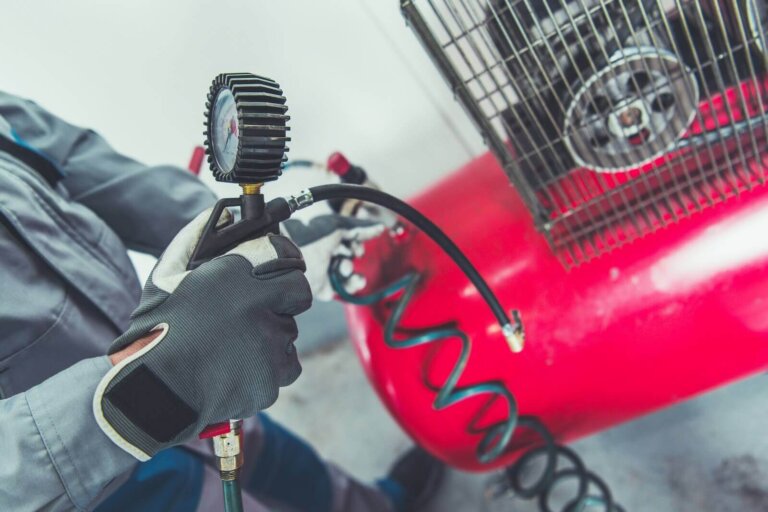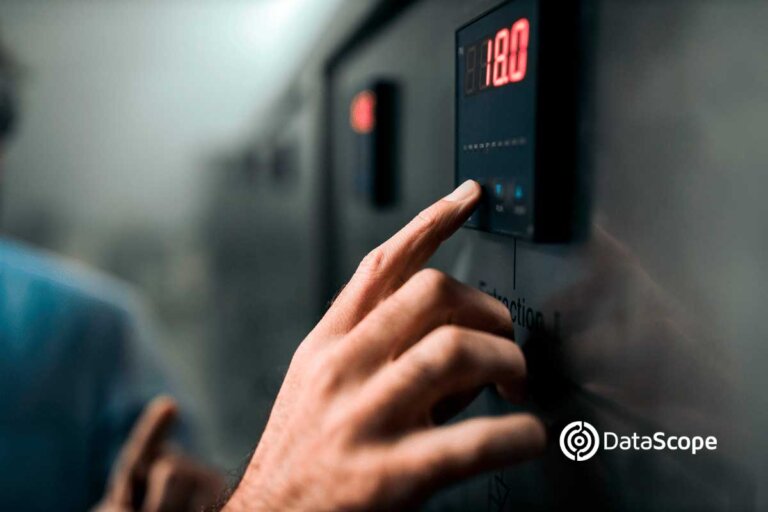It is estimated that companies that adopt a reactive strategy to deal with their breakdowns spend 50% of their time doing emergency repairs, which are up to five times more expensive.
This is why taking a more preventive and purposeful strategy is key. And although it is impossible to foresee all the breakdowns that can affect our organization, centralizing all the tasks and defining a preventive maintenance plan allows us to be prepared to face this type of situation.
The industrial production market is more demanding and competitive than ever, so it is no longer possible to adopt old strategies such as checking or repairing machines only when a breakdown is registered or suspected. In addition, adopting this attitude in the face of a competition that has preventive maintenance plans, we are clearly at a disadvantage.
In this scenario, it is necessary to be more efficient, but especially to reduce production costs as much as possible. Waiting for problems to occur in our different machinery will increase will mean an increase in important values that could have been avoided. Inevitably we will be faced with scenarios such as loss of production, deficiencies in our quality of service, increased downtime due to the lack of these units and of course, loss of profits.
A preventive maintenance plan gives us a number of important benefit.
In the first place, we will obtain reliability, since our equipment will operate in optimal safety conditions, in addition, we will be able to know in detail the state in which they are working, and what their conditions are. This not only helps us to have a better diagnosis of the condition of our equipment, but it also allows us to show trust and quality to our customers.
At the same time, a proactive review of our equipment allows us to reduce warehouse costs and the use of spare parts, with this, we will be able to adjust the stocks of spare parts with higher and lower consumption, generating significant savings.
At the same time, maintenance staff will have a more organized, constant and planned workload, through a schedule of activities.
To this, we can add a series of more specific advantages and benefits, such as a reduction in downtime, a longer duration – and better performance – of our equipment and facilities and a significant reduction in machine downtime.
For this, corrective maintenance must complement preventive and predictive, which requires the need to develop a maintenance plan, which can be built in five steps:
1. Define objectives
The first thing is to determine what we want to achieve with the maintenance plan. Do we want to increase the reliability of assets or compliance with preventive maintenance? or perhaps we seek to reduce the costs of the operation.
We also need to look at the things that have not worked well and caused failure in achieving our goals. For example, if the maintenance management software (CMMS) is working well or if the communication between our technicians is correct.
It is important to understand the failures to be able to understand what are the solutions that we must implement.
2. Take an inventory of assets
For this point, it is highly recommended to use the CMMS, since in addition to making the implementation of the plan simpler, it will allow us to associate them with our location, the technicians, the manufacturer’s recommendations, as well as the guarantees and quality standards.
3. Establish priorities
When we have all the assets organized in the CMMS, it is necessary to establish priorities. In that case we have to think about which equipment cannot stop working or which have been the most costly corrective maintenance that we have had to face.
There are failures that we must avoid at all costs because they can harm the operation of the entire business. The risk must also be evaluated, because the safety of your technical team, customers, our staff and even the community may be jeopardizing, exposing us to a crisis that can be perfectly avoided.
4. Create KPIs for the preventive maintenance plan
In the first step, we saw the need to define objectives, now it is time to evaluate them and see if they have been achieved. For our plan to be complete, we must define performance indicators that allow us to define its effectiveness.
Among the most used performance indicators, the percentage of preventive maintenance, the preventive maintenance compliance index, the effectiveness of the equipment, the critical percentage of scheduled maintenance and the mean time between failures stand out.
5. Review and improve
At the end of a period, it is necessary to review the results of the plan and see in which items we can improve and what things can be done better. This will be essential when planning the same initiative for the following year. Reviewing the results of the plan, it is possible to correct the KPIs and the points where the expectations were not met. Reviewing the results will allow us to improve the objectives for the following year, improve the plan and especially, reduce costs in corrective maintenance.
There are different softwares and applications that are capable of making a preventive maintenance plan and are known as CMMS (Computerized Maintenance Management Software).
What benefits can we obtain from this type of software?
The top three are increasing productivity, controlling costs, and optimizing inventories. But there are also a number of contributions that you can make to our organization.
For example, there is the centralization of information, since maintenance management software allows you to enter all the information, maintenance, manuals or inventories, on the platform and then search for it in a simple way.
It also makes the communication of the work team more effective, because it allows sending notifications via email, or SMS, to all members of the organization involved in a certain process. This has a direct impact on a decrease in downtime, because this type of more direct communication facilitates the scheduling and control of maintenance plans.
Among the outstanding CMMS, is Commet GMAO, a system that has all the necessary tools to create individual preventive maintenance orders or develop complete maintenance plans for different machines, where the system allows to specify periods, indications, and other functionalities.
For example, you can specify all the requirements that a certain preventive maintenance needs, such as the type of procedure to follow, the theoretical value and times, who will be the responsible mechanic and other indications.
In addition, it allows you to specify up to six fixed expiration dates for the maintenance, and it also allows you to develop the same maintenance, but for different machines. Another option available is to specify that maintenance must be performed on a daily, weekly or monthly basis.
Once configured with all our requirements, the Commet GMAO system will generate the necessary maintenance orders and communicate them to those responsible.
When is it necessary to use a CMMS?
The size of the company does not matter, but what processes it uses.
For example, this technology would be of great help if your organization uses several industrial equipment, and if this equipment has costly maintenance or breakdowns, or if it requires managing infrastructures and large facilities, such as hotels, malls, industrial buildings, among others.
Another criterion that might require the use of a CMMS is in the event that your company has to report on hygiene, safety and quality criteria (such as ISO standards).
With all these advantages and benefits that preventive maintenance plans can give us, it is time to stop being surprised by unforeseen failures or breakdowns in our equipment and begin to adopt a more active, and above all, purposeful role so that we can increase our quality of service and above all, the management of our assets.







